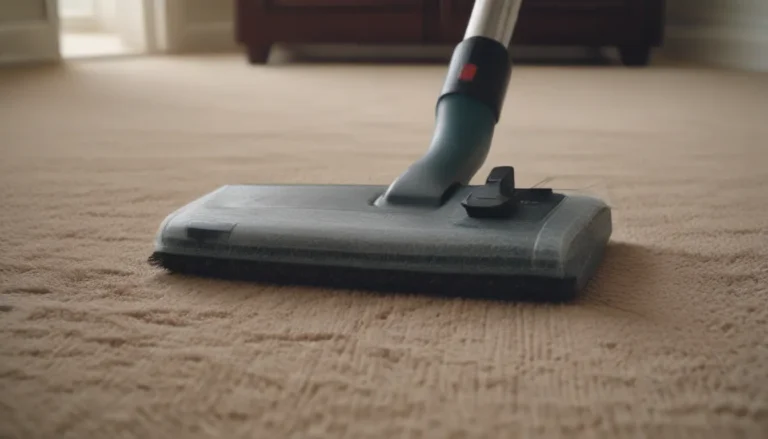Ultimate Guide on Removing Bats from Your Home

Bats are fascinating creatures that play a vital role in maintaining a balanced ecosystem. However, if bats have taken up residence in your home, it’s important to know how to safely and effectively remove them. In this comprehensive guide, we will delve into everything you need to know about bats, including what they look like, what attracts them to your home, signs of a bat infestation, and the most effective methods for getting rid of them.
Understanding Bats
Before we delve into how to remove bats from your home, let’s take a moment to understand these nocturnal creatures. Bats are known for their scalloped wings and unique way of flying. With over 1,400 species worldwide, bats are essential for controlling insect populations. In the United States, there are over 40 species of bats, most of which are not harmful to humans.
What Attracts Bats to Your Home
Several factors may attract bats to your home and yard. Understanding these triggers can help you take proactive steps to deter them from roosting in your living space. Some common attractants include:
- Heat sources: Bats are attracted to warm areas, such as those created by tile roofs.
- Water sources: Standing water can be a draw for bats seeking hydration.
- Food sources: Bats feed on insects, so properties with a high insect population may attract them.
- Harborage areas: Bats seek shelter in secluded areas like attics and eaves.
If you have noticed a consistent bat presence in your house, it’s essential to investigate potential attractants like these.
Signs of a Bat Infestation
Recognizing the signs of a bat infestation early on is crucial for prompt removal. Some key indicators of bat activity in your home include:
- Fecal droppings: Bat droppings are often mistaken for rodent droppings. You can differentiate them by squishing the droppings; if they crumble, they likely belong to a bat.
- Unusual noises: Listen for high-pitched squeaking sounds, especially around dusk when bats are most active.
- Sightings: If you see bats flying around your home or notice them leaving roosting areas, you may have a bat infestation.
If you suspect bats are living in your home, it’s important to take action to remove them safely.
How to Remove Bats from Your Home
Step 1: Inspect for Bats
Start by observing your home at dusk to identify bat activity. Look for bats leaving or entering your roof, attic, or eaves. If you suspect a bat infestation, conduct a thorough inspection of potential roosting areas. If you’re unsure about performing the inspection yourself, consider hiring a professional.
Step 2: Try Natural Deterrents
Bats are sensitive to certain smells and lights. Natural deterrents like peppermint, cinnamon, or eucalyptus essential oils can help discourage bats from roosting in your home. Additionally, using bright lights and reflective materials may deter bats from returning to their roosting spots.
Step 3: Use the Exclusion Method
The most effective way to remove bats from your home is through the exclusion method. This involves installing a one-way door that allows bats to exit but prevents them from re-entering. Ensure you follow local regulations and consider seeking professional help for proper exclusion.
Step 4: Seal Entry Points
Once the bats have been evicted, seal off all entry points to prevent their return. Conduct a thorough inspection of your attic and roof to identify and seal any openings bats could use to re-enter your home.
Step 5: Avoid Bat Repellents
While there are various bat repellents available, it’s best to focus on exclusion methods rather than relying on repellents. Repellents can be inconsistent and may not effectively deter bats from returning to your home.
How to Prevent Bats in Your Home
Prevention is key to keeping bats out of your living space. Here are some proactive measures you can take:
- Reduce exterior food and water sources: Minimize insect populations by turning off exterior lights at night and eliminating standing water.
- Hang a bat box: Provide alternative roosting spots for bats by installing bat boxes in your yard. This can help divert bats from entering your home.
When to Seek Professional Help
If you’re dealing with a severe bat infestation or are uncomfortable handling the removal process, it’s advisable to call a professional Integrated Pest Management (IPM) specialist. They can assist with the exclusion process and ensure the safe removal of bats from your home.
Remember, it’s important to prioritize the safety and well-being of both bats and humans when addressing a bat infestation. By following proper removal techniques and taking preventive measures, you can effectively manage bat issues in your home.
For additional information on living harmoniously with bats, refer to reputable resources such as the Bat Conservation Trust and state wildlife departments. Happy bat-proofing!





